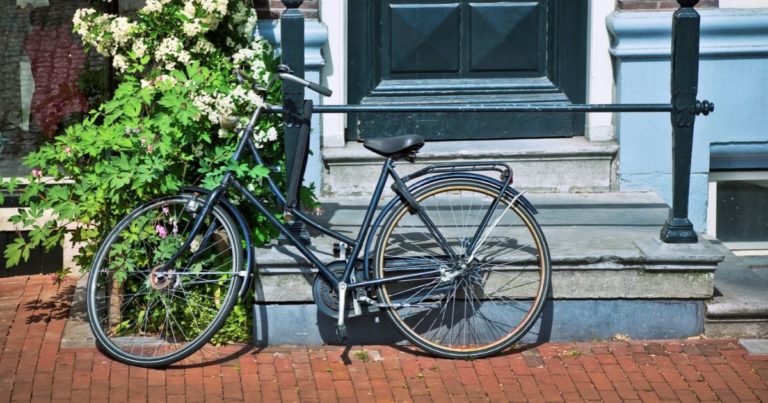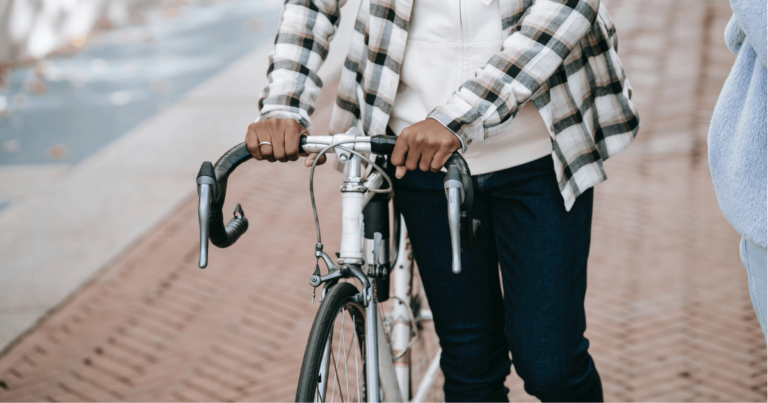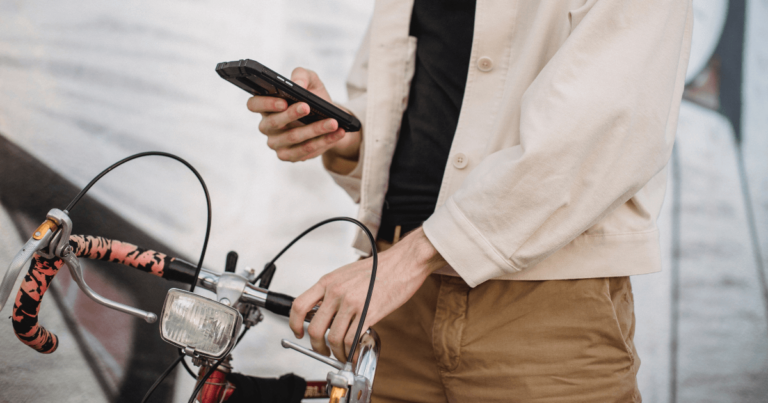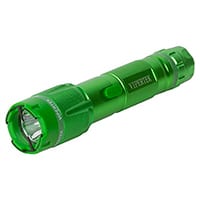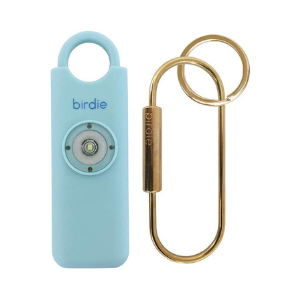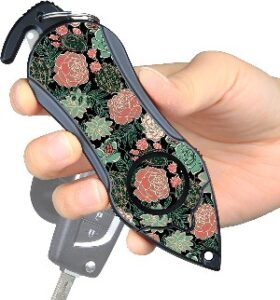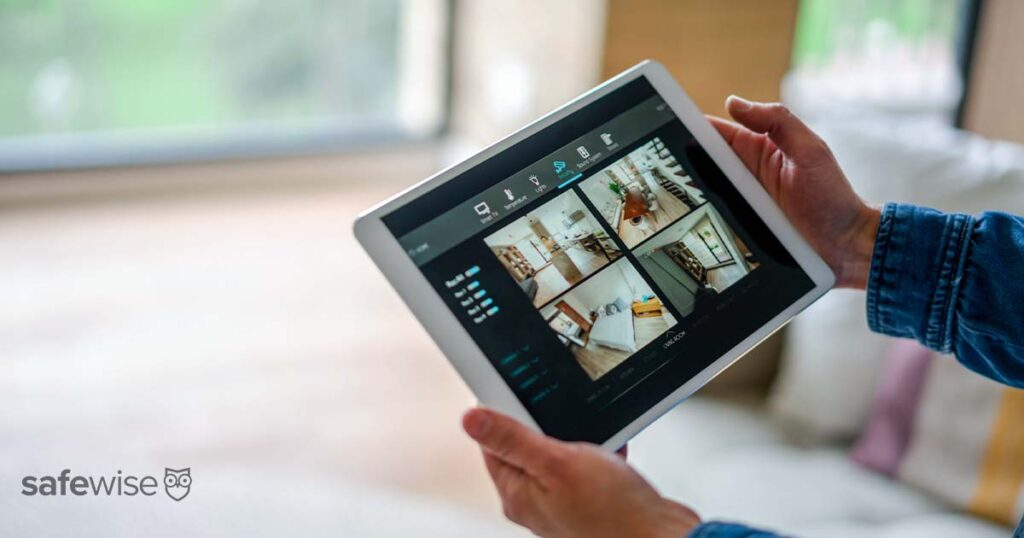3. Protect yourself from the sun. Wear sunscreen, especially on the back of your neck. Wear long sleeves with breathable fabric. Wear sunglasses.
4. Know the weather forecast. Wear waterproof gear as needed. You might even carry a small backpack to hold lightweight extra layers and other essentials for every ride.
5. Install rearview mirrors on your handlebars or helmet. You should still learn to look over your shoulder without swerving, but mirrors will help you see what’s behind you at all times.
6. Be alert. Never ride with headphones or an earpiece. You need to hear everything you possibly can.
7. Ride with a buddy. Two cyclists will be more visible than one. Plus, if something happens to you, your buddy may be able to facilitate the emergency response process (and vice versa).
8. Get creative with your route. When you’re cycling, getting there in one piece is more important than getting there faster. Choose roads that are extremely wide or have dedicated bike lanes. Opt for quieter neighborhood roads over high-traffic ones, especially on weekends when there may be more drunk drivers.
9. Carry a patch kit at all times. Learning to patch up your own flat tire can prevent you from being stranded in an unsafe or remote location.
10. Carry a cell phone and ID. If you don’t have a patch kit and need a ride, your cell phone will come in handy. If something bad happens to you, your ID will help emergency responders know who you are and how to help you.
11. Bring a few dollars cash. If you find yourself without a patch kit or phone, cash is a great last resort for catching a cab or a bus home.
12. Bring drinking water for longer rides. This is especially important if you’re mountain biking.
13. Know the bike safety rules for your state. Check out this list compiled by the League of American Bicyclists.
14. Know the most common cyclist-motorist collisions and how to avoid them. Michael Bluejay of BicycleSafe.com put together an excellent list of 10 major collisions along with prevention tips.
15. Dump the old hand signals—use ones that drivers understand. Signal a left turn or lane change by holding your left arm out to the left side of your body; signal a right turn by holding your right arm out to the right side of your body.
16. Ride with traffic, never against it. Riding against traffic makes it virtually impossible to make a right turn. More importantly, bicyclists are 3.6 times as likely to get in an accident when riding on the left side of the road (and that likelihood more than doubles for cyclists age 17 and younger)1 because drivers entering the road from a driveway rarely look right for oncoming traffic.
17. Keep at least one hand, preferably both, on the handlebars. This will help you keep better balance and let you brake faster in case of emergency.
18. Don’t rely on eye contact to gauge whether an oncoming driver has seen you. When you’re traveling at high speeds, it’s hard to tell exactly where a person is looking. Rely more on a driver’s overall behavior than on eye contact.
19. Use body language and make noise. When eye contact fails, try waving an arm, yelling, or ringing a bell or other noisemaker to get a driver’s attention.
20. Always be ready to yield. Drivers should learn to share the road, but you can’t make them. What you can do is go slowly enough that you could stop or give the right of way at a moment’s notice.
21. Use front and rear lights. This goes back to staying visible. It’s also required by law in most places.2
22. Follow lane directions. Don’t ride straight through a right-turn-only lane.
23. Know how to turn left. Option 1: Maneuver to the left turn lane just as a car would. Option 2: Go straight through the green light, stop at the far end of the intersection and dismount your bike, and then walk across with the other foot traffic once the light changes.
24. Give yourself some cushion. You may be tempted to hug the curb to avoid getting clipped, but you won’t have any space to move right if you’re already as far right as you can be.
25. Take the lane when necessary. If the road is too narrow and cars can’t safely pass you on the left, you should take the lane or simply turn off and use a different street instead.
26. Never, ever pass on the right. On the rare occasion that a car ahead of you is moving slower than you are, do not glide past on the right side. The driver may not see you, and if she or he turns right or changes lanes as you pass, the car will crash right into you.
27. Behave like a vehicle the entire time you’re on your bike. Bikers switching back and forth between street and sidewalk is illegal for bikers, unsafe for pedestrians, and confusing for drivers—especially at intersections. If you need to use the sidewalk or crosswalk for any reason, dismount and walk your bike.
28. Be vigilant at intersections. When coming to a stop, hang left in the lane so the drivers behind and in front of you can see you. If you’re at the front of the line when the light turns green, watch for red-light-runners before pedaling forward.
29. Cross railroad tracks the “right” way. Train tracks often run diagonally across a street rather than straight across. Slow down and angle your bike so it is exactly perpendicular to the tracks as you cross them. If you don’t, you’ll lose control over the path of your bike.
30. Be on the lookout for loose gravel, ice, sand, puddles, and other road hazards. Slowing down should help you get through them safely.
31. Take bike-specific paths. You can avoid some of the more dangerous threats to bike riding safety by using recreational paths specifically for cyclists.
